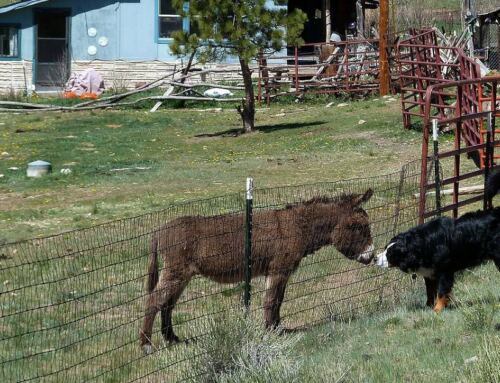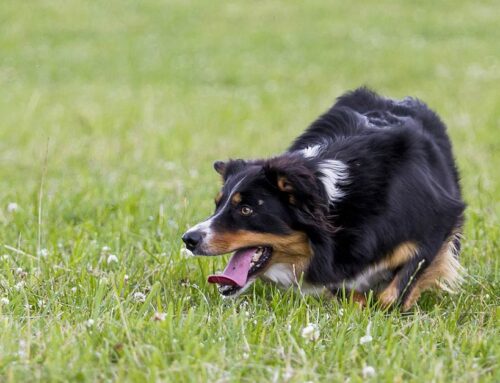 At a large dog event I watched with some disgust and much dismay, as people who probably really care about their dogs handled them with all I can label was “disrespect.” Dogs were being dragged around on leashes, being reprimanded and jerked for spending too much time (typically measurable in seconds) looking at or sniffing something, not responding to cues fast enough and being left standing on grooming tables while people chatted.
At a large dog event I watched with some disgust and much dismay, as people who probably really care about their dogs handled them with all I can label was “disrespect.” Dogs were being dragged around on leashes, being reprimanded and jerked for spending too much time (typically measurable in seconds) looking at or sniffing something, not responding to cues fast enough and being left standing on grooming tables while people chatted.
Most of the human behavior was rude though some could be called abusive, and troubling. I realized it was time for me to move on when I found myself watching a groomer handling a young aussie who was not sitting when asked. The dog was being very solicitous, lowering his head and ears, licking and wiggling. I watched as the groomer continued to try unsuccessfully to cue the dog into a sit. Finally she yanked on the lead securing the dog to the stand and slammed his butt down. My own social filters must have been strained because the thought bubble I put over the groomer’s head, and spoke out loud (a tad too out loud) was, “JUST DO IT!”
We know how important good relationships are in all areas of our lives, with our family, friends and pets. I assume dogs are less likely to be given up to shelters or abandoned if their owners feel positively about the relationship they have with them. Working on and repairing these relationships are a part of what many trainers strive to do. But as I watched the groomer manhandle the aussie I realized I had been hoping, for the dog’s sake, that he would just do it to spare himself the wrath I suspect both he and I could see brewing. Why he didn’t will remain a mystery and I prefer to go with the thought that he had his reasons and they were good enough for him and valid enough for the groomer to accept. Maybe he didn’t know what she was asking for, maybe he was worried about something, maybe he would have preferred to have been off the table and had not ever been given a good enough reason for sitting when asked up there. Ultimately it didn’t matter. Life for him at that moment would have been kinder if he had sat when asked.
When you think about it most of our human relationships would improve if the people in our lives did what we wanted them to. It is frequently the daily drag of feeling inconvenienced and ignored that wears away at relationships. If only they; didn’t leave dirty dishes in the sink (get on the furniture with muddy feet), put the toilet seat up or down when they were finished using it (didn’t pee on the carpet), put their smelly socks in the laundry hamper (didn’t chew up our favorite shoes), were on time (came when called), etc. It’s not that we don’t want to feel loved and cared for, but it sure would be nice if they cleaned the bathroom now and then.
As complex as relationships can be, one solution is to teach dogs what it is that their human wants them to do, and put it on cue. Put simply, they do what they are asked to do. The relationship may still require work, but a few well-trained behaviors (using positive reinforcement as the foundation of that training) might act as a tourniquet to keep it alive long enough for the dog to remain in the home where the work can be done.
This is the reasoning behind my upcoming volunteer vacation to three islands in the Caribbean; Puerto Rico, Culebra and Vieques. When pet owners understand how to use positive reinforcement to teach their dogs new behaviors, those dogs are likely to learn and maintain those behaviors, are less likely to end up being part of the sad statistics of homeless animals.





